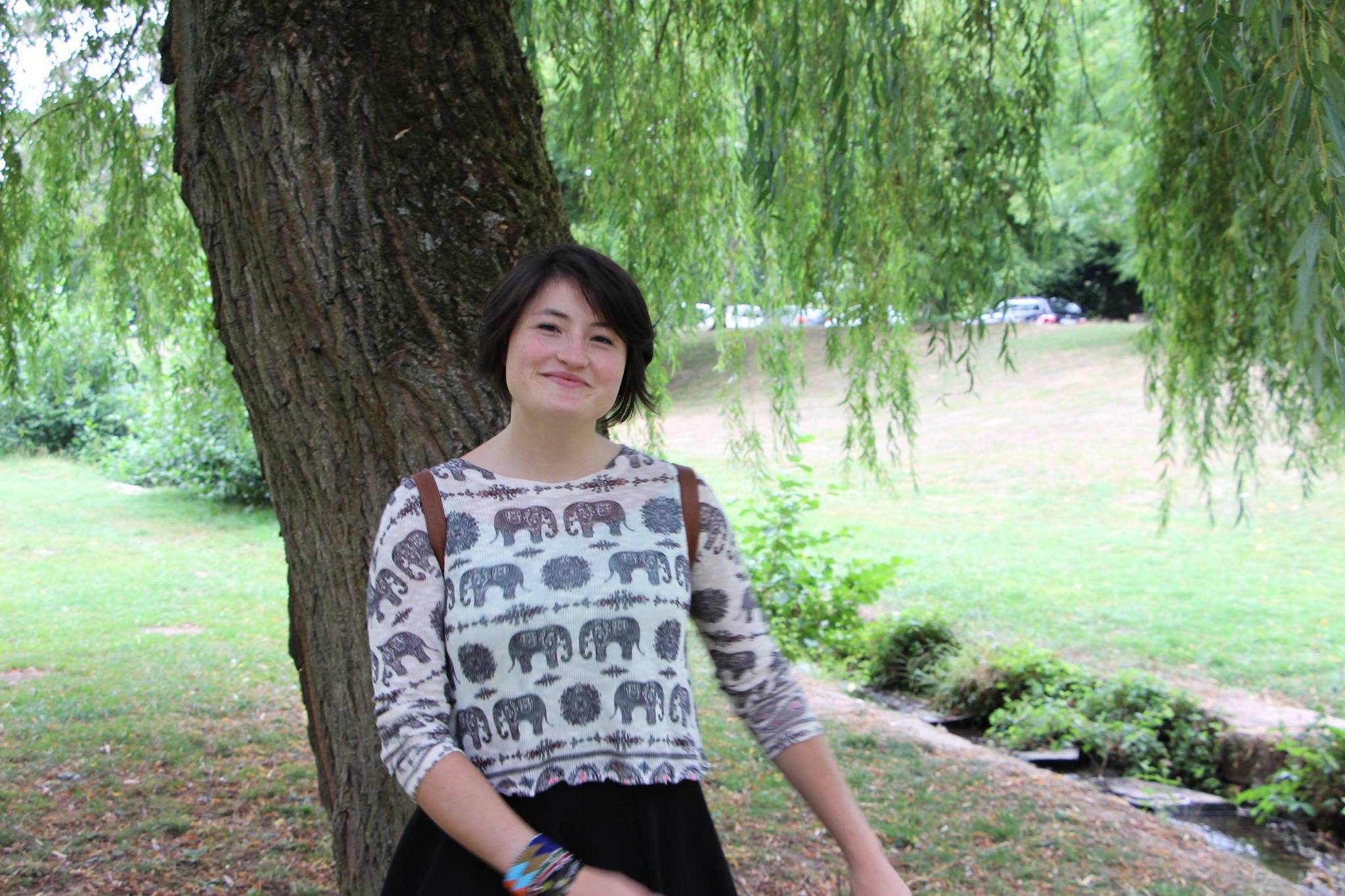
Raphaela Ardicoglu
Neuroscientist
Menzies Institute of Medical Research, University of Tasmania
When I started school, I thought something must be wrong with me and my brain. Instead of writing “mouse” I would write “ms”. In my eyes, it looked completely right, but teachers and other children kept telling me that it was wrong. I could not understand why, until I was diagnosed with dyslexia, a reading and writing disability.
I was treated and I learned how to spell and read properly. By the time I was 13 you couldn’t even tell that I suffered from this disability. However, around that age I started to learn more about dyslexia and I became fascinated by the brain. I wanted to learn more about why my brain was not able to process information like other children my age. I still find it fascinating today!
I studied biology to get to know as much as possible about the human body, and now neuroscience has become my specialty. During my studies, I learned lots of different things, but the coolest thing I learned was probably how to build and implant electrodes into a living rat brain to measure the reaction on different acoustic sounds.
To get some more experience in the daily life of a neuroscientist, I decided moved all the way from Germany to Tasmania to do research with the University of Tasmania’s Stroke Research Group. Here, I work with special cells, called pericytes, which are wrapped around small blood vessels in the whole body, they are in charge of controlling blood flow.
During a stroke, a persons brain runs out of oxygen and other nutritients, mostly because a big blood vessel (the artery) becomes clogged. Pericyte cells contract (get smaller) when a stroke happens, which means that they are slowing down blood flow within the blood vessels. This is a problem, because even if we can treat a stroke by fixing a blocked artery, the pericytes are still slowing down blood flow!
We are working to find way to tell the pericytes when it’s safe to get bigger again, so that we can get blood flow back to normal after a stroke. This may be a useful way to treat people in future!
For further information: www.menzies.utas.edu.au